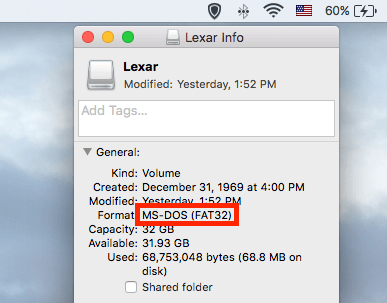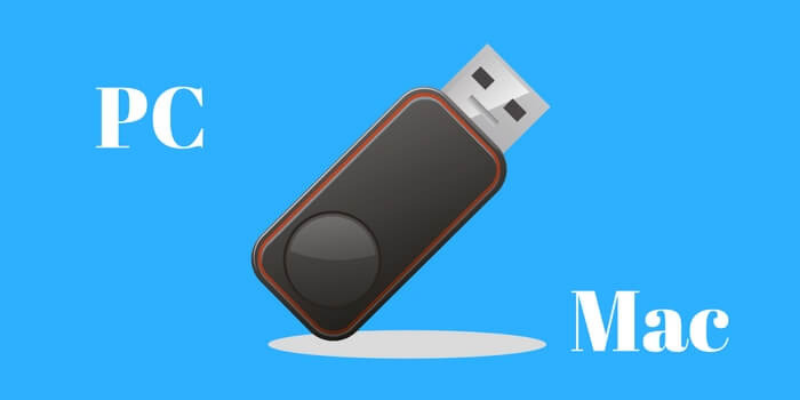

FORMAT DRIVE FOR MAC AND WINDOWS WINDOWS
You can see at the bottom of the first image that this drive is formatted as Windows NT File System (NTFS). In my example here (shown in the pictures here), I will be reformatting the drive shown as ‘298.1 GB Seagate FreAge.’. But that is not always the case, so don’t be surprised, or think there is something wrong, if you see more than one entry under a physical drive.įor the purpose of reformatting, you need to start by selecting the PHYSICAL drive that you wish to reformat. Most drives are formatted into a single partition, so you will normally see only one entry underneath a physical drive entry. What appear underneath the physical drive are the individual partitions. When you see the drives listed down the right hand side of the Disk Utilities window, you will see at least two entries for each physical hard drive. You must still be careful in your selection of which drive to format, as you certainly don’t want to format one of your internal drives. That way you will protect yourself from inadvertently re-formatting the wrong drive. For this exercise, it is best to DISCONNECT any and all external storage devices, so you only have the one that you wish to format connected. You will see your internal drive in your Mac, as well as any other storage devices that are connected. Then open the Disk Utility that is located in the Utilities folder of your Applications folder. There is one trick to it that is not intuitive.įirst… Plug the drive in to your Mac. How do I do that?Īnd you know what? It’s not nearly as easy as it should be! It also doesn't integrate with Windows File Explorer-files are available in the HFSExplorer application, and you must copy them elsewhere.I get this question a lot – I have an external hard drive that is NTFS formatted (Windows format), and I want to reformat it for my Mac (HFS). Note that HFSExplorer is read-only, so you can't modify or delete files on your Mac drive. You can then extract files from the HFSExplorer window to your Windows drive. HFSExplorer can automatically locate any connected devices with HFS+ file systems and open them. Connect your Mac-formatted drive to your Windows system, open HFSExplorer, and click File > Load File System From Device. You also need to run the app as an Admin. We generally recommend against having Java installed, but it's necessary here unless you want to spend money. The developer hasn't updated it since October 2015 due to the arrival of APFS, but it still works on older systems. You can use it to access Mac file systems from Windows without paying a dime.
FORMAT DRIVE FOR MAC AND WINDOWS FOR WINDOWS 10
It adds several extra features, including automatic file defragmentation, support for RAID setups, and a way to create Mac ISO files.ĭownload: MacDrive for Windows 10 ($49.99) Other useful features include the ability to create and partition Mac disks direct from your PC, a powerful disk repair feature, and robust security tools. You will also be able to see your APFS or HFS+ drive directly within File Explorer, allowing easy integration with the rest of the Windows operating system. It acts as a hub for all the Mac drives connected to Windows.

The app is focused on the freshly redesigned Disk Management Window. Unlike some options, MacDrive lets you read and write data to your Mac-formatted drive directly from Windows. The app works with APFS drives and HFS+ drives. If you're prepared to spend some money, you don't need to look elsewhere. The first version was released way back in 1996. MacDrive has been one of the go-to apps for a long time.


 0 kommentar(er)
0 kommentar(er)
